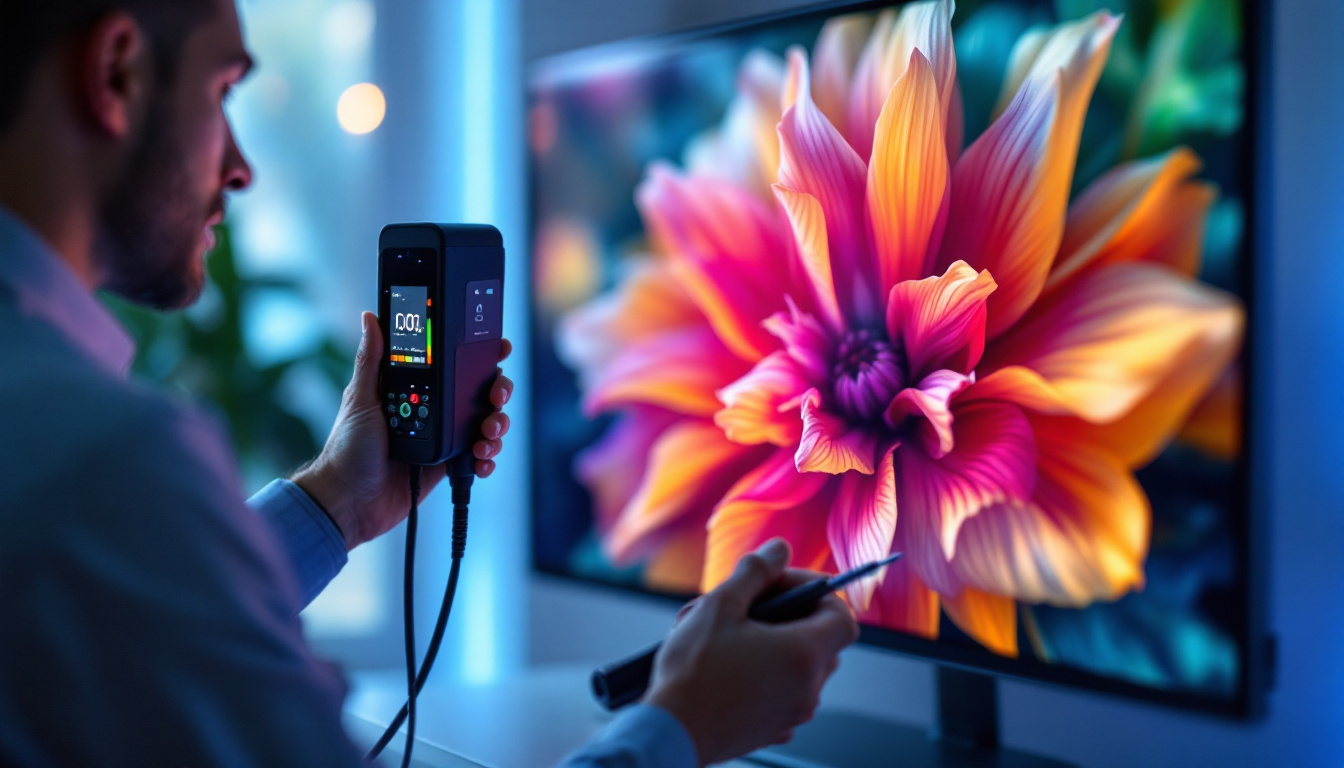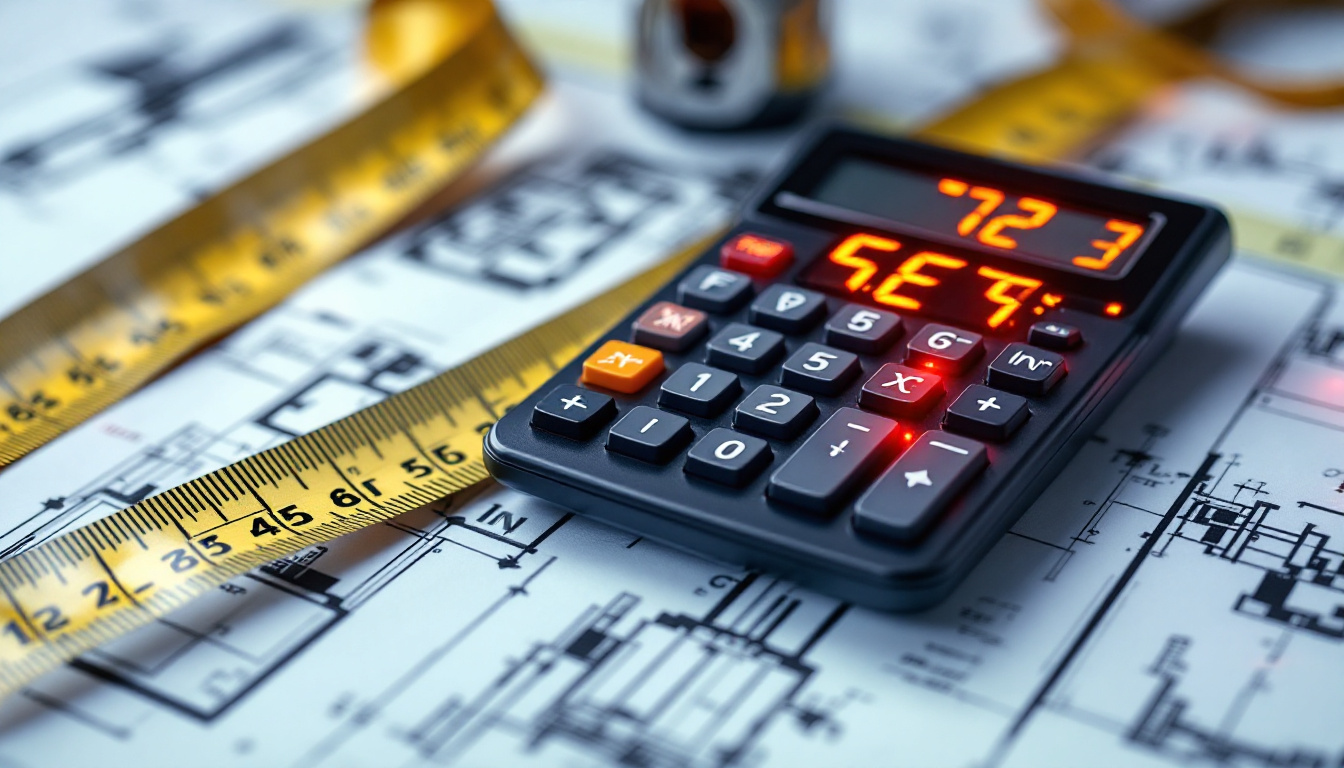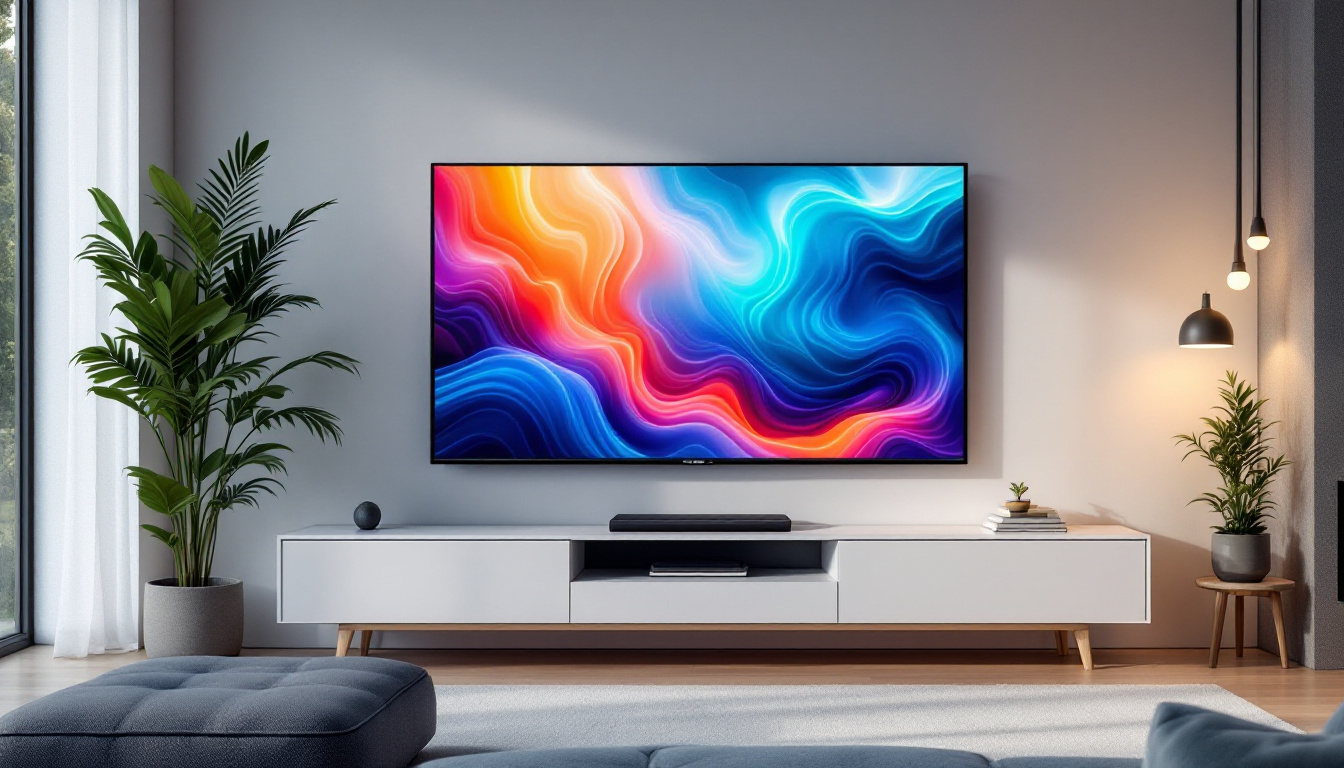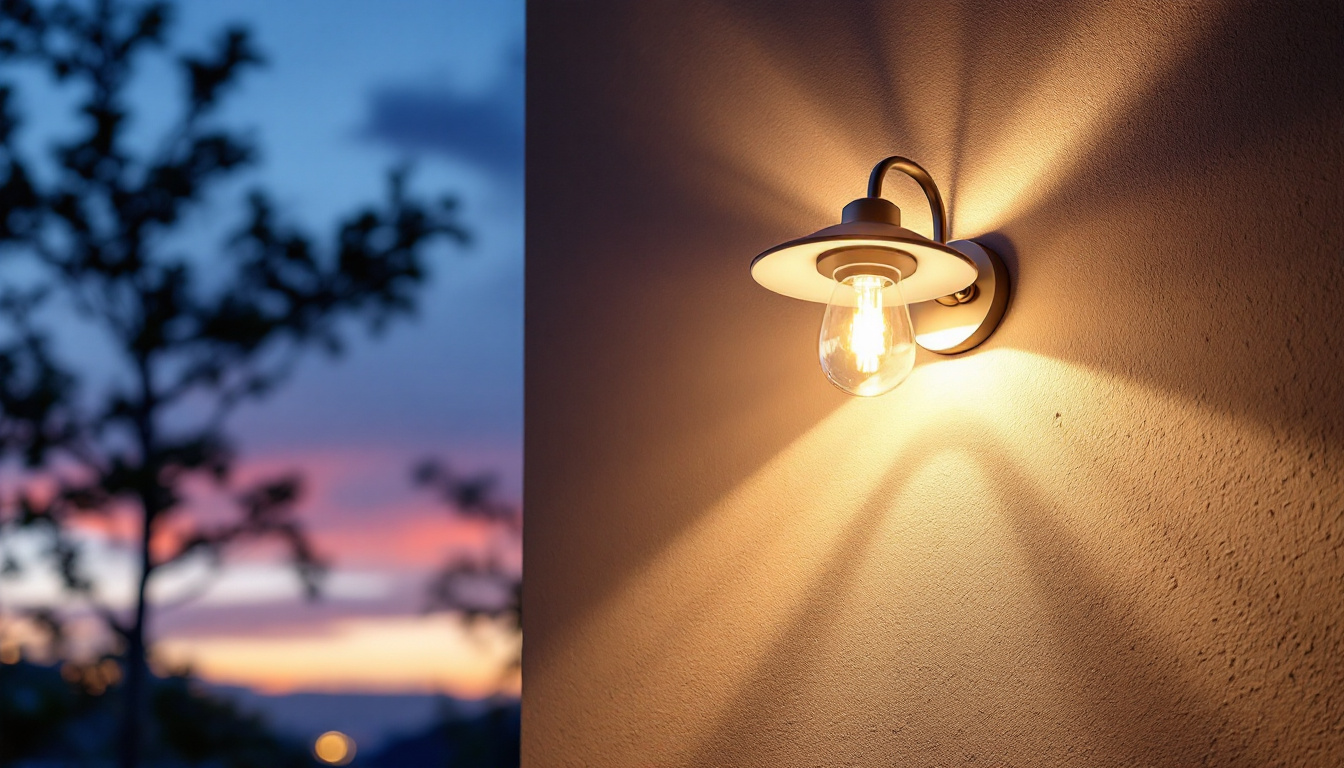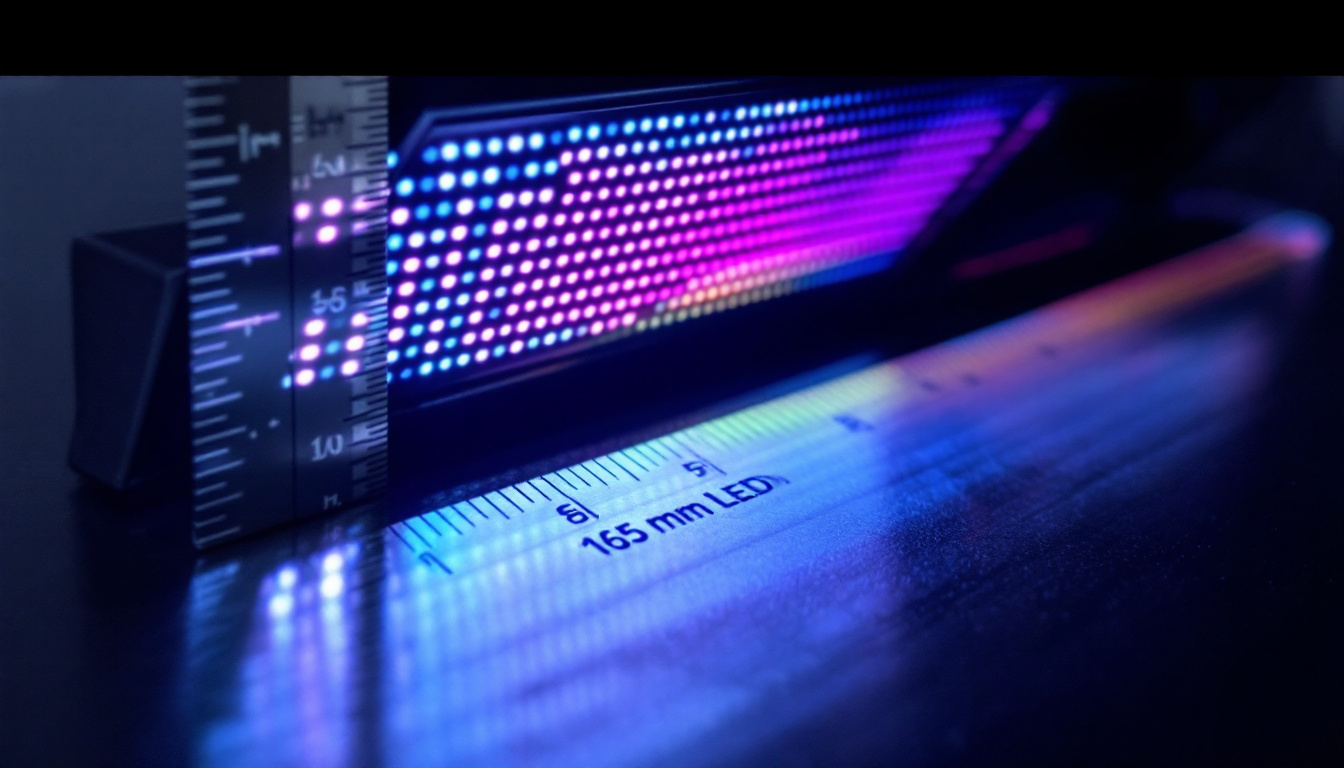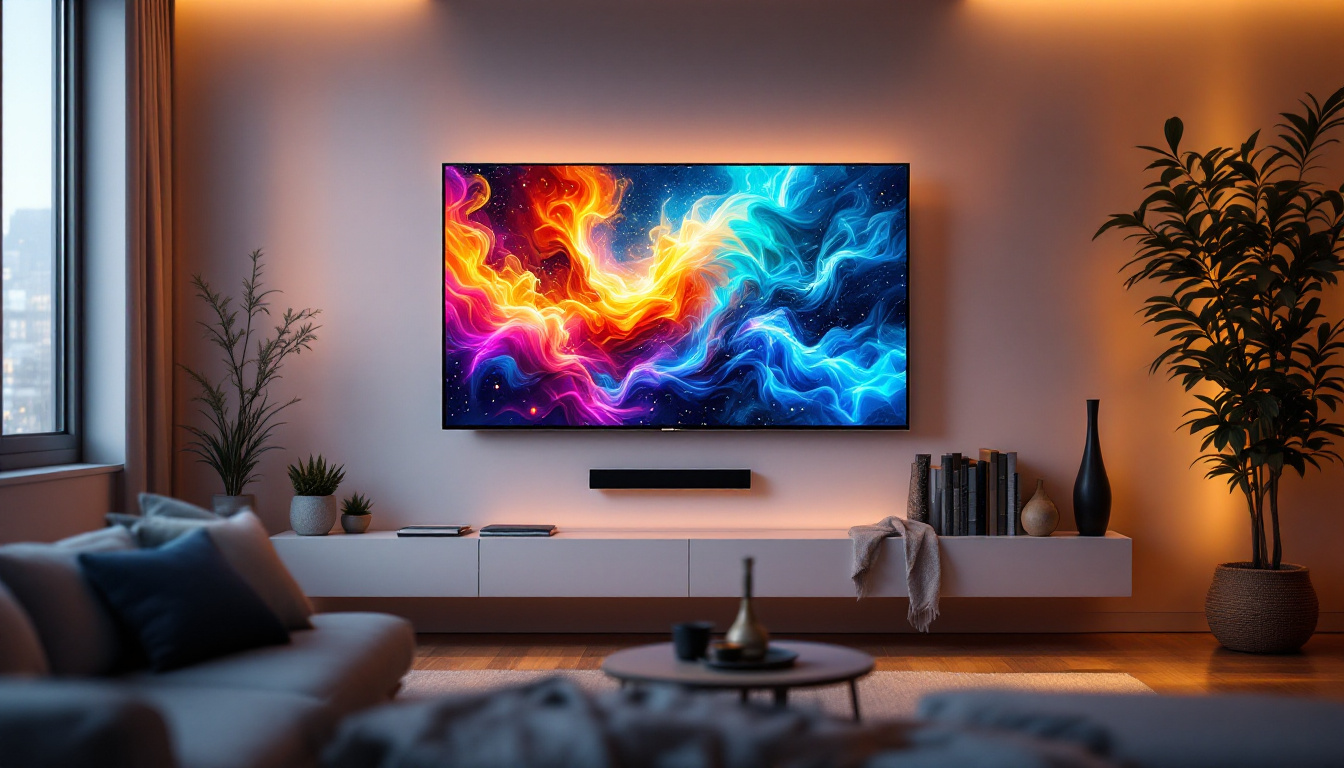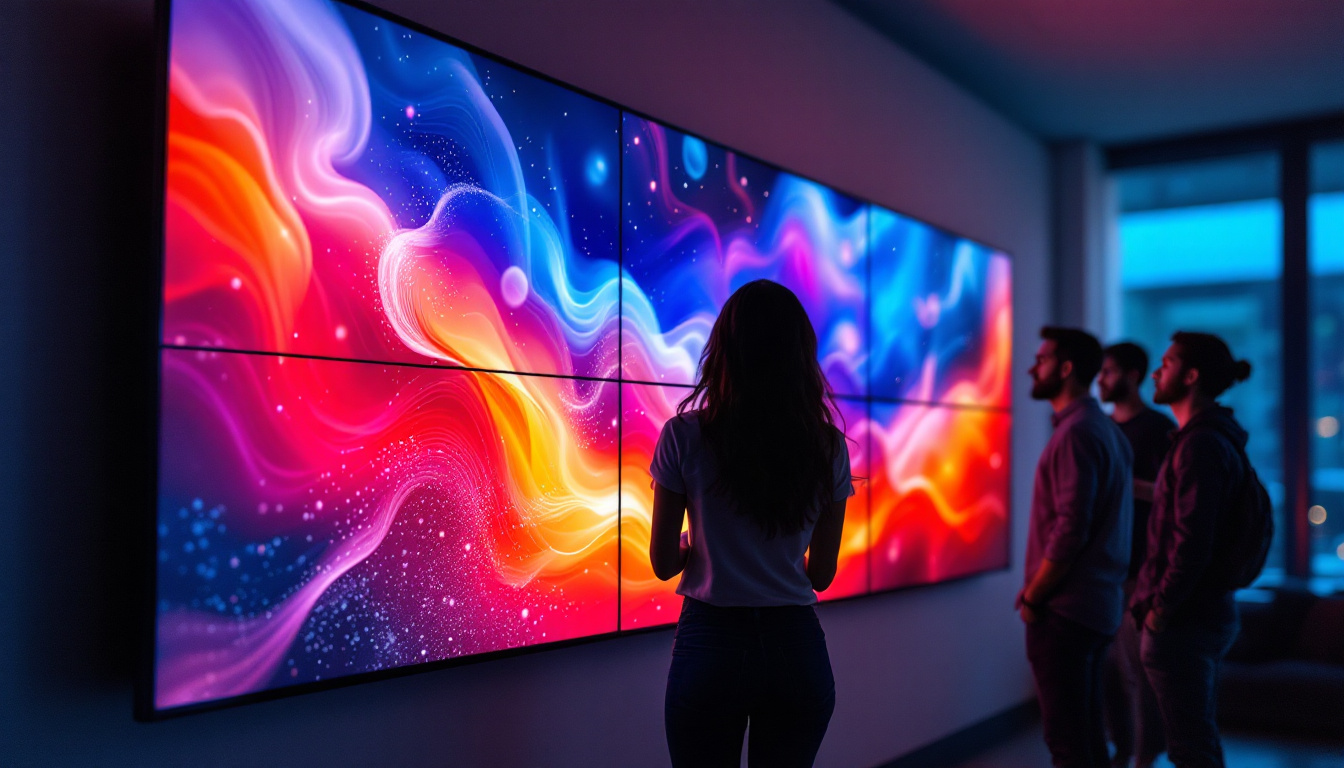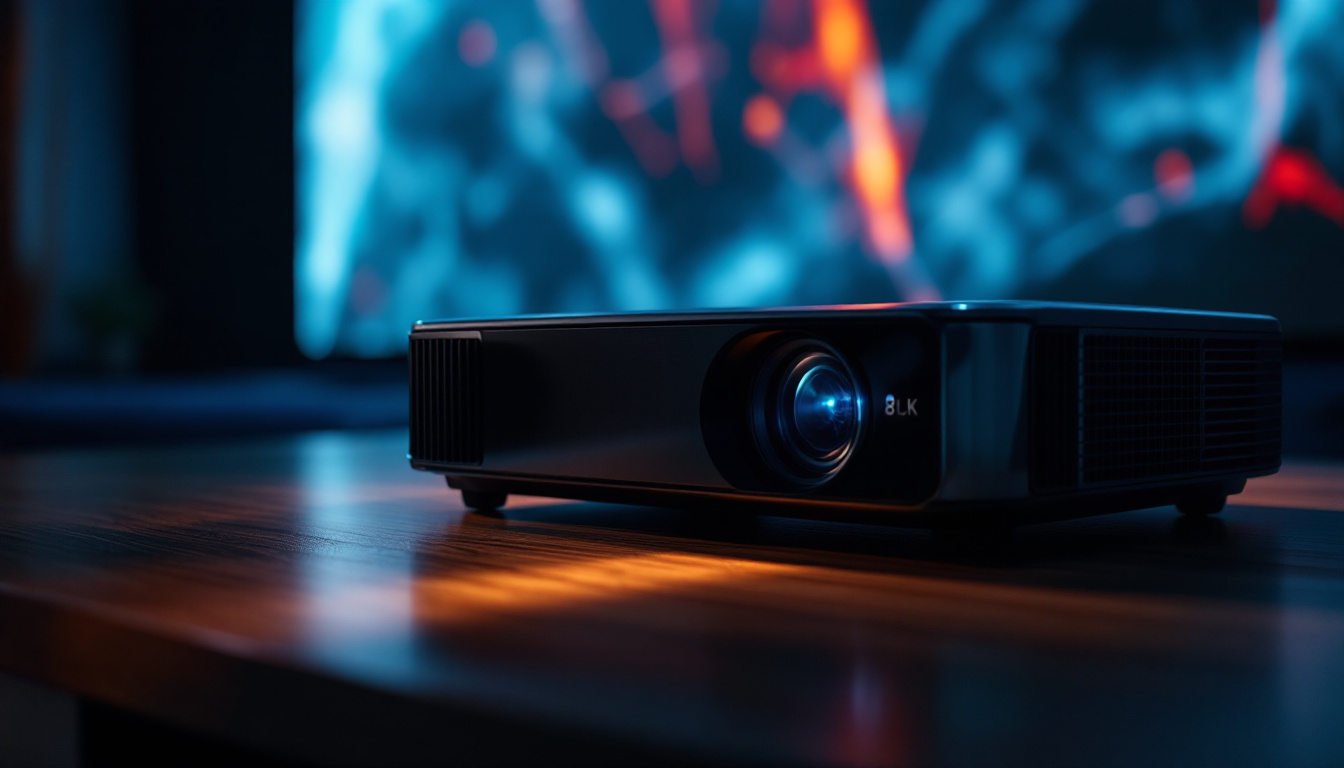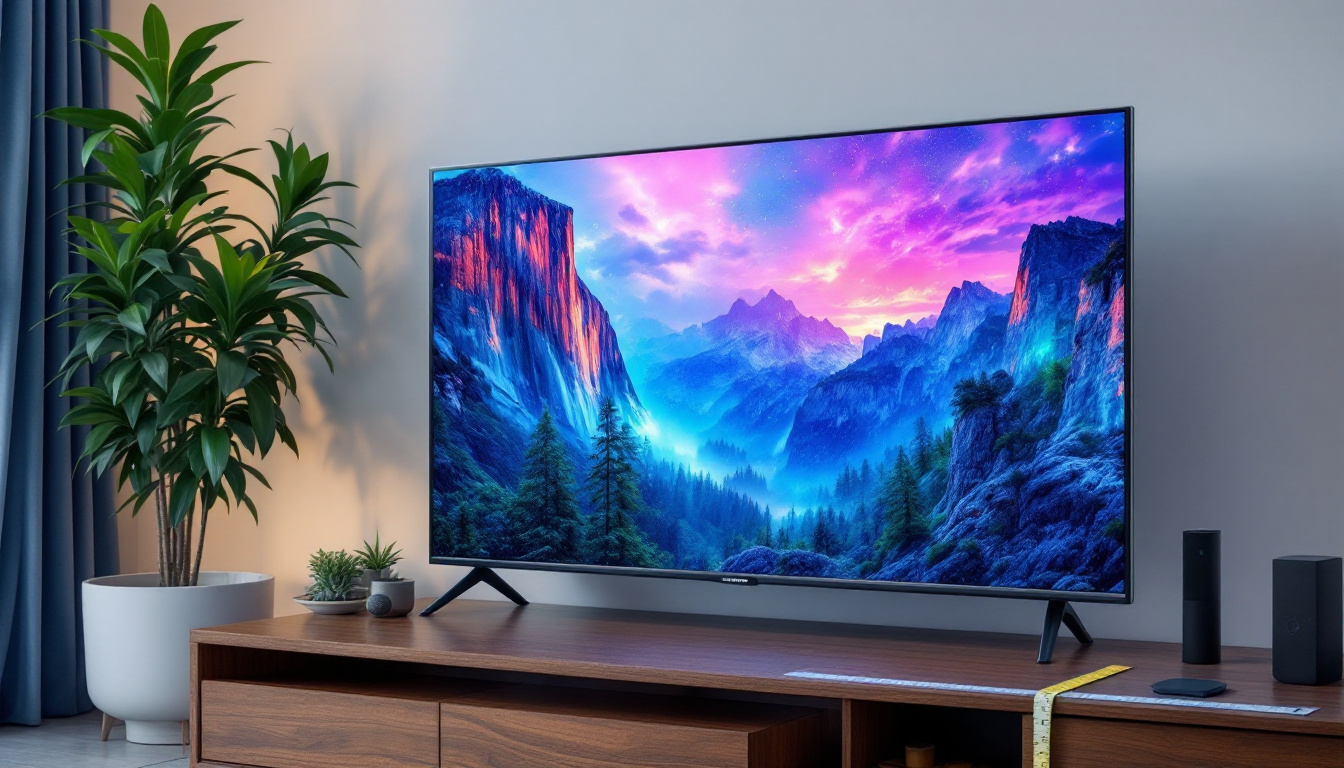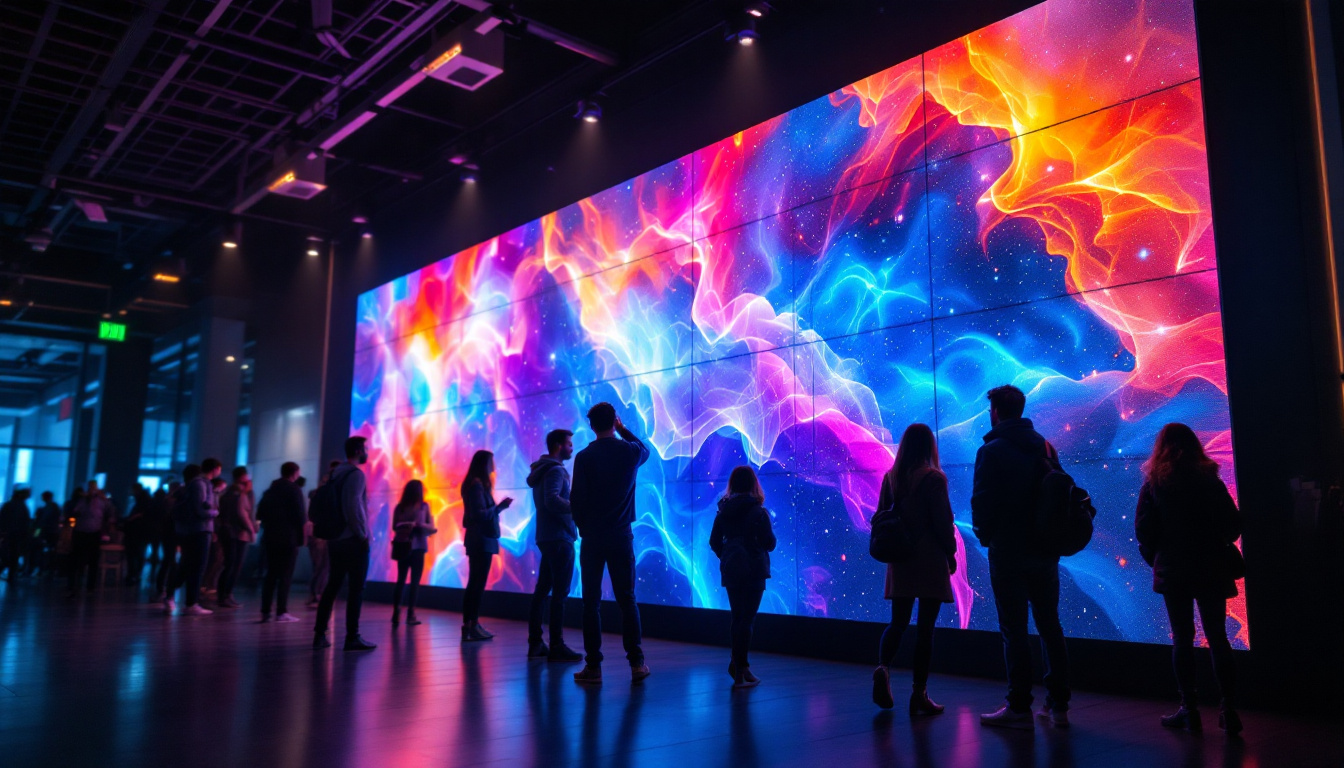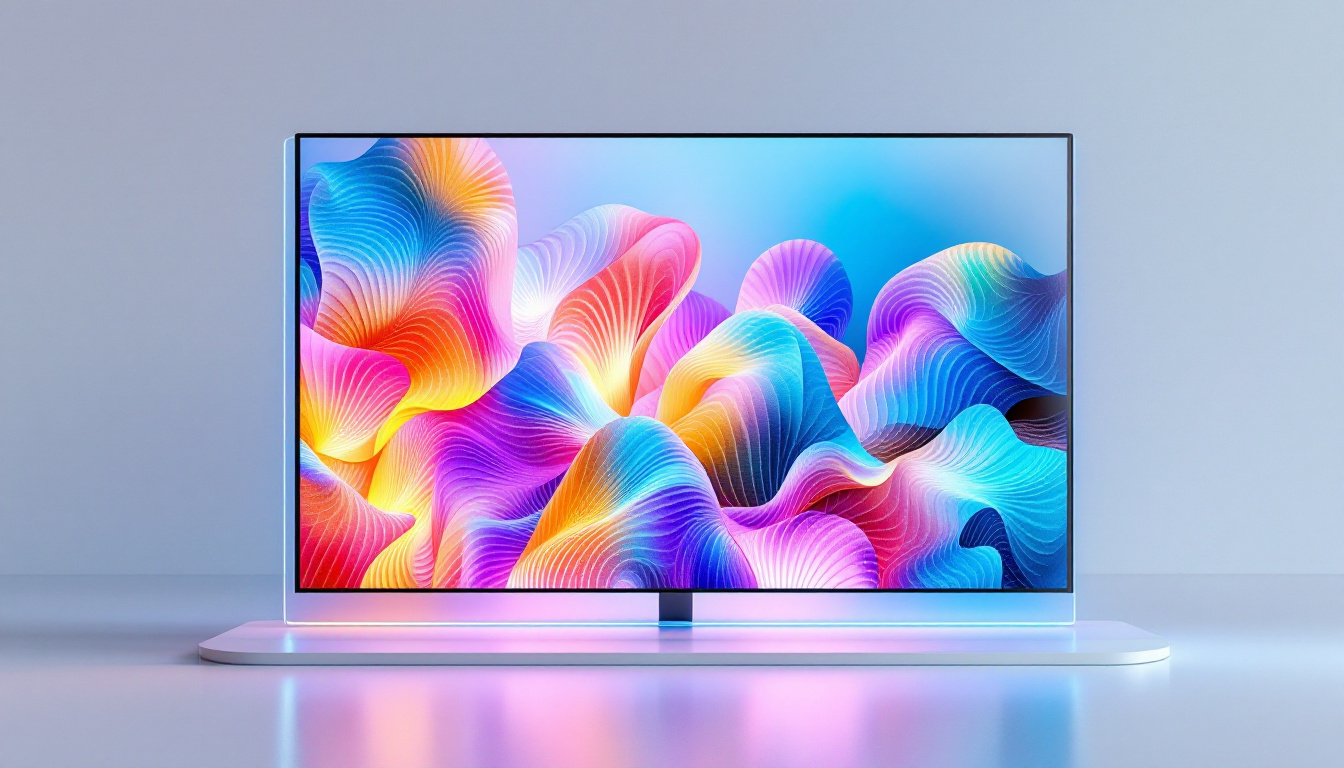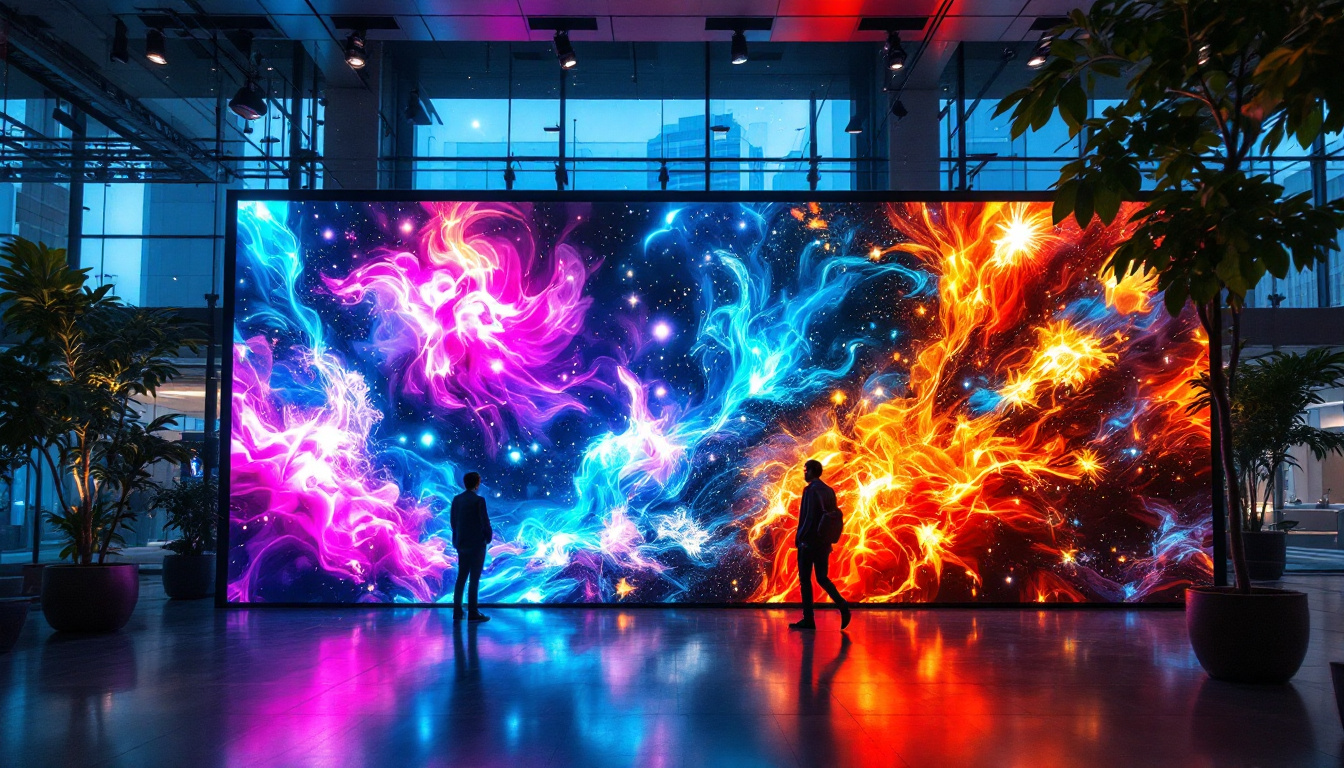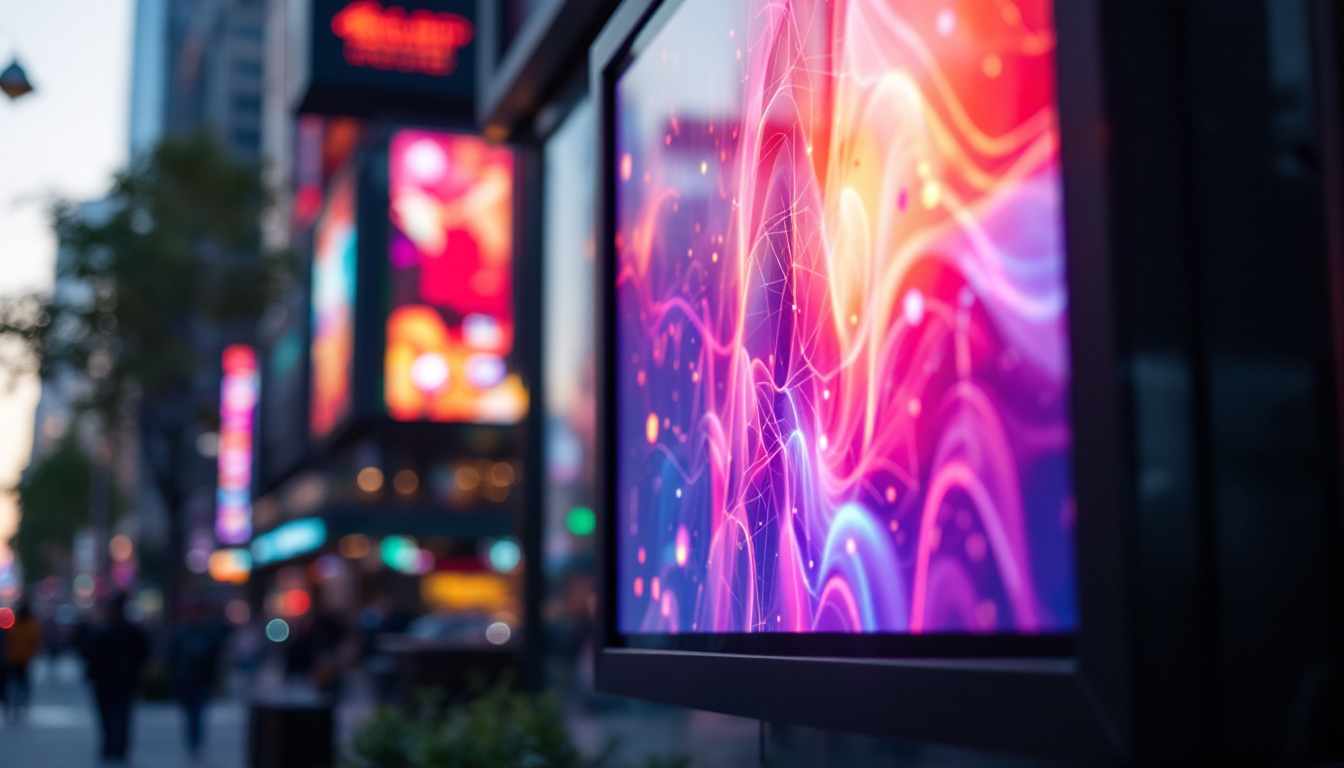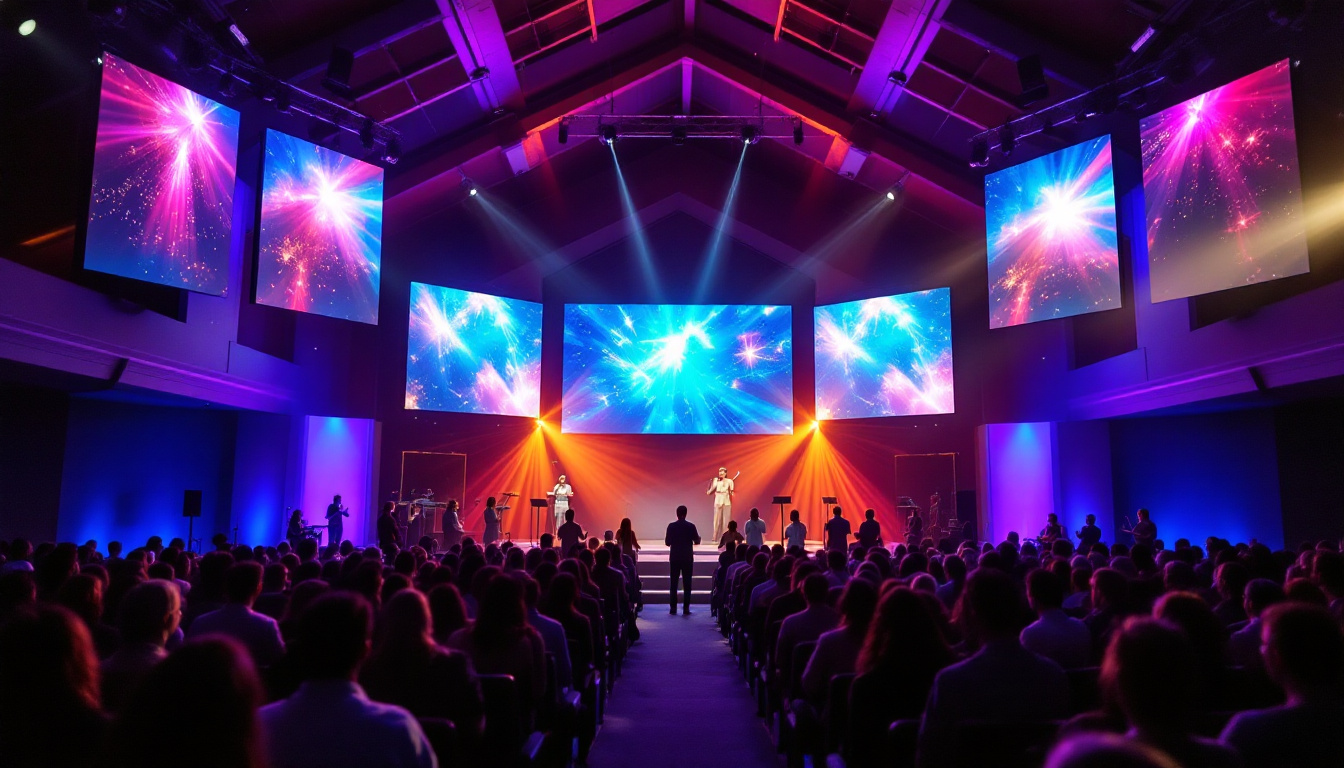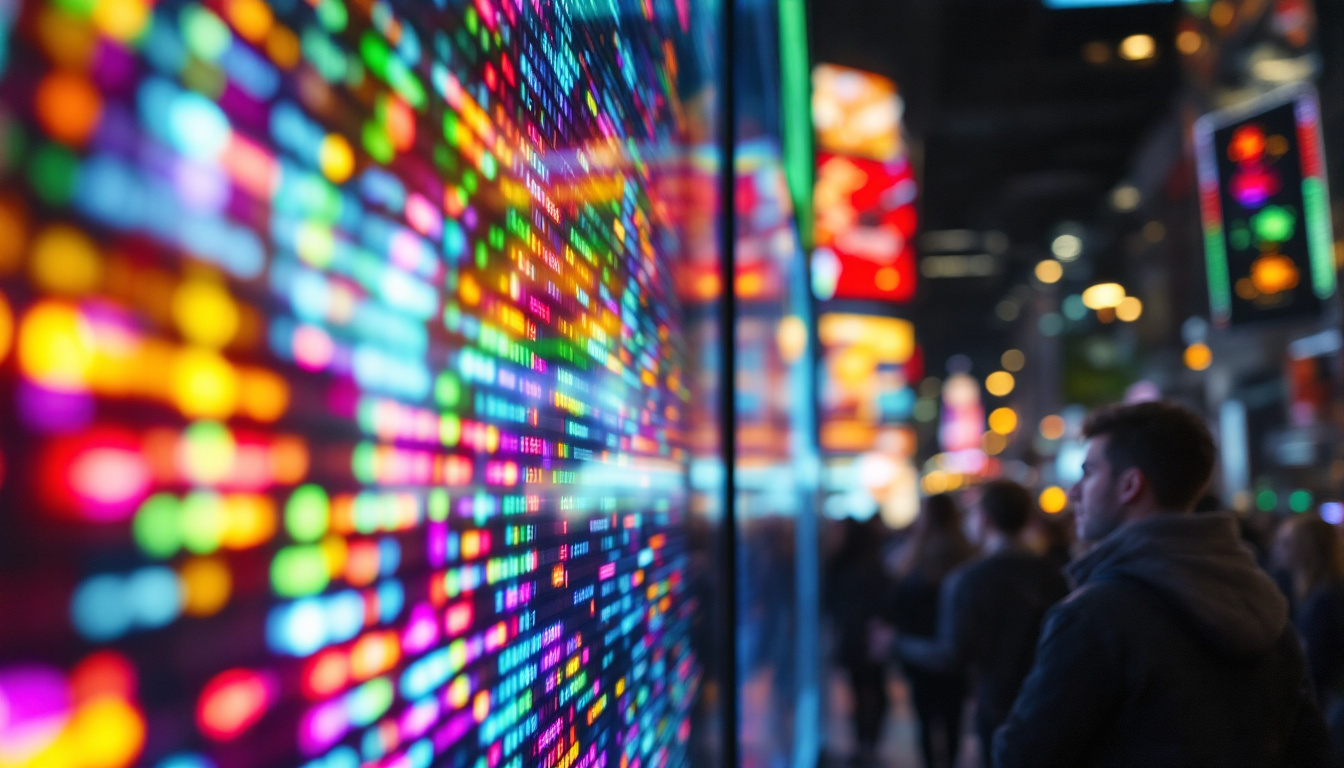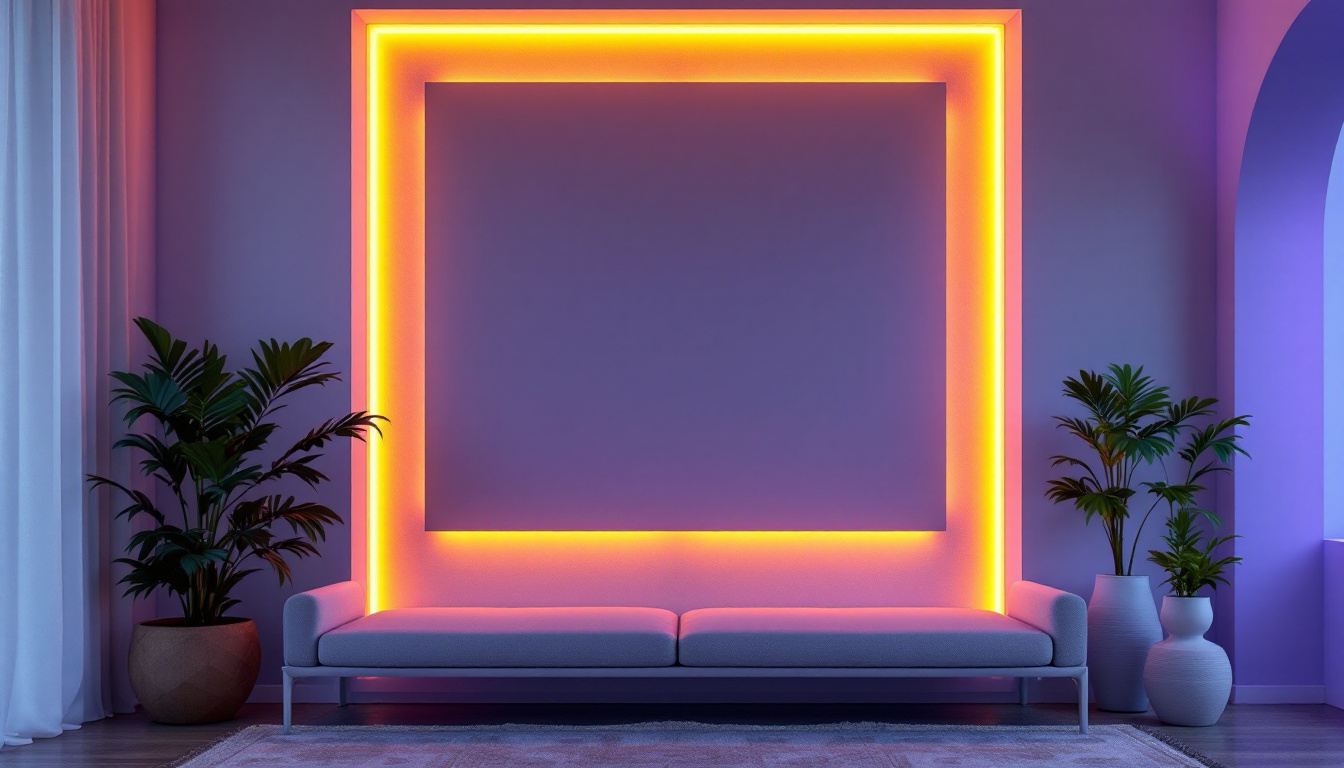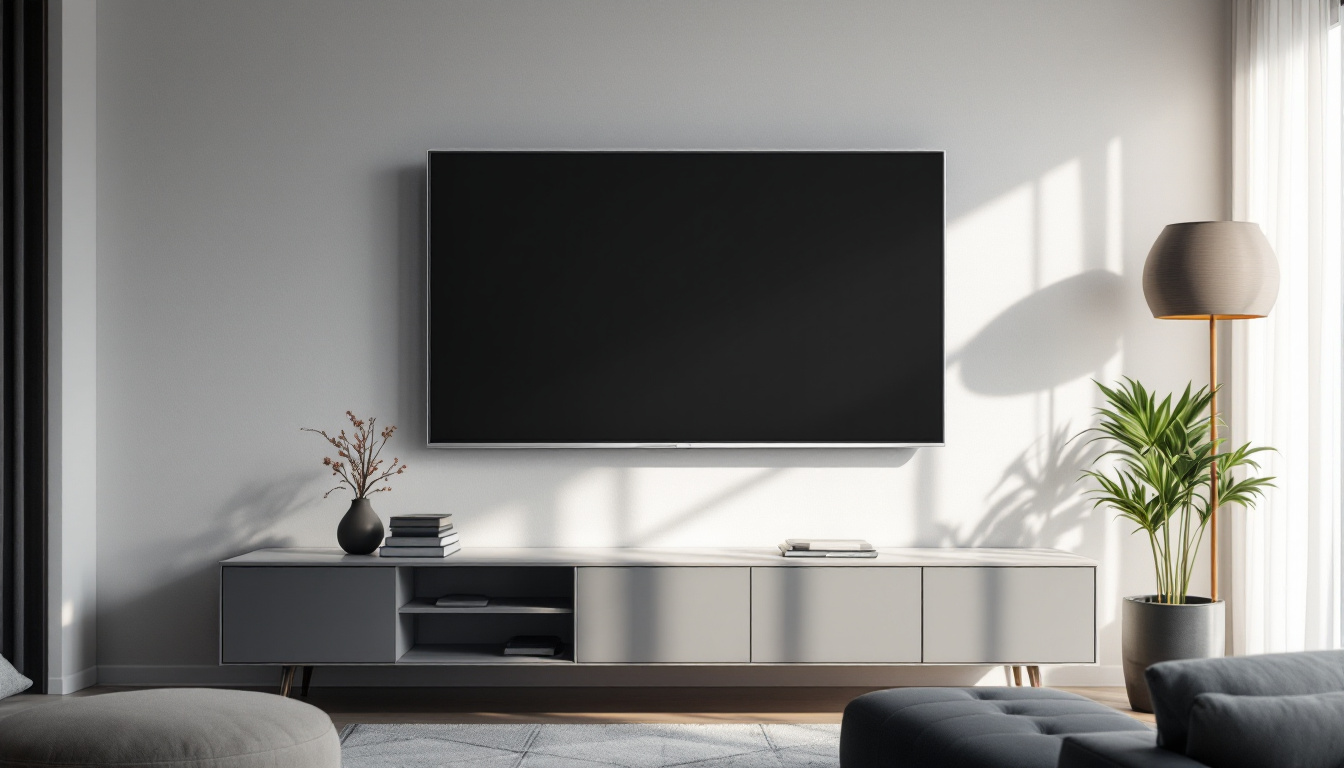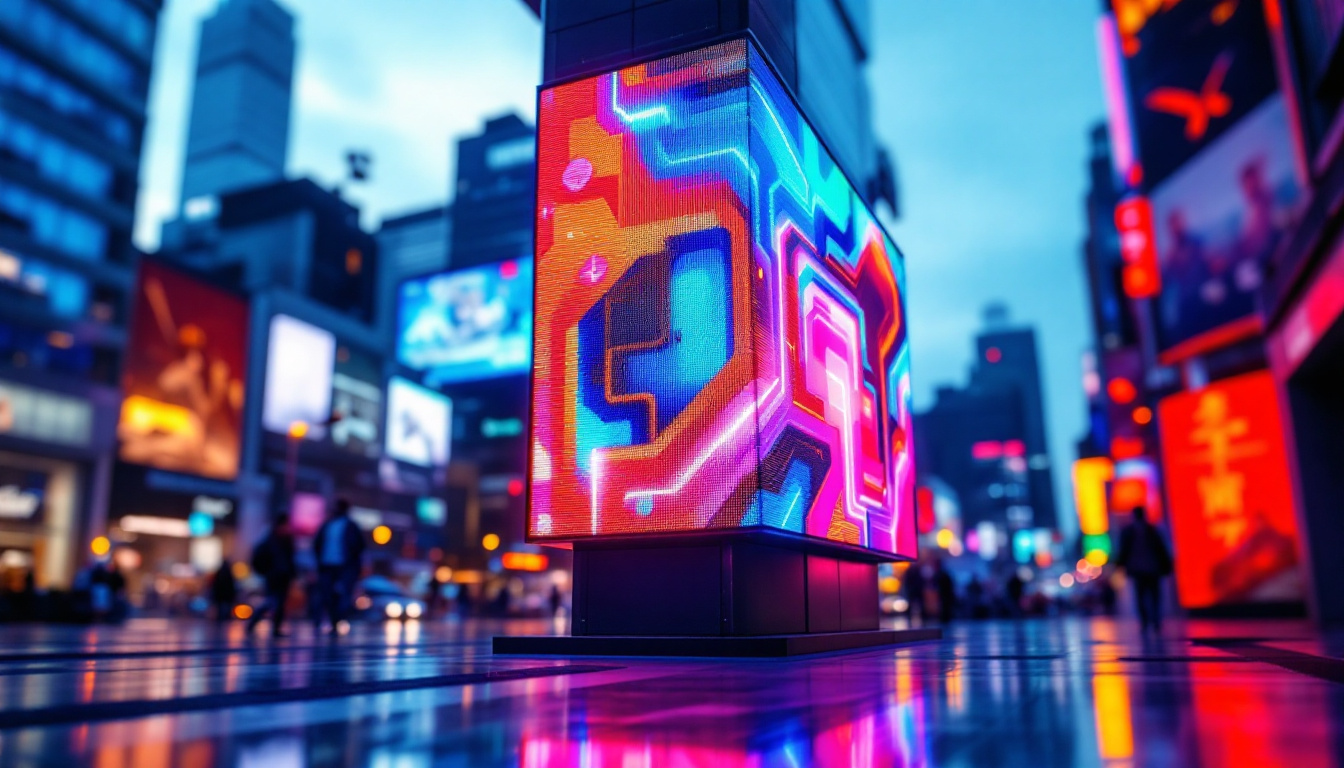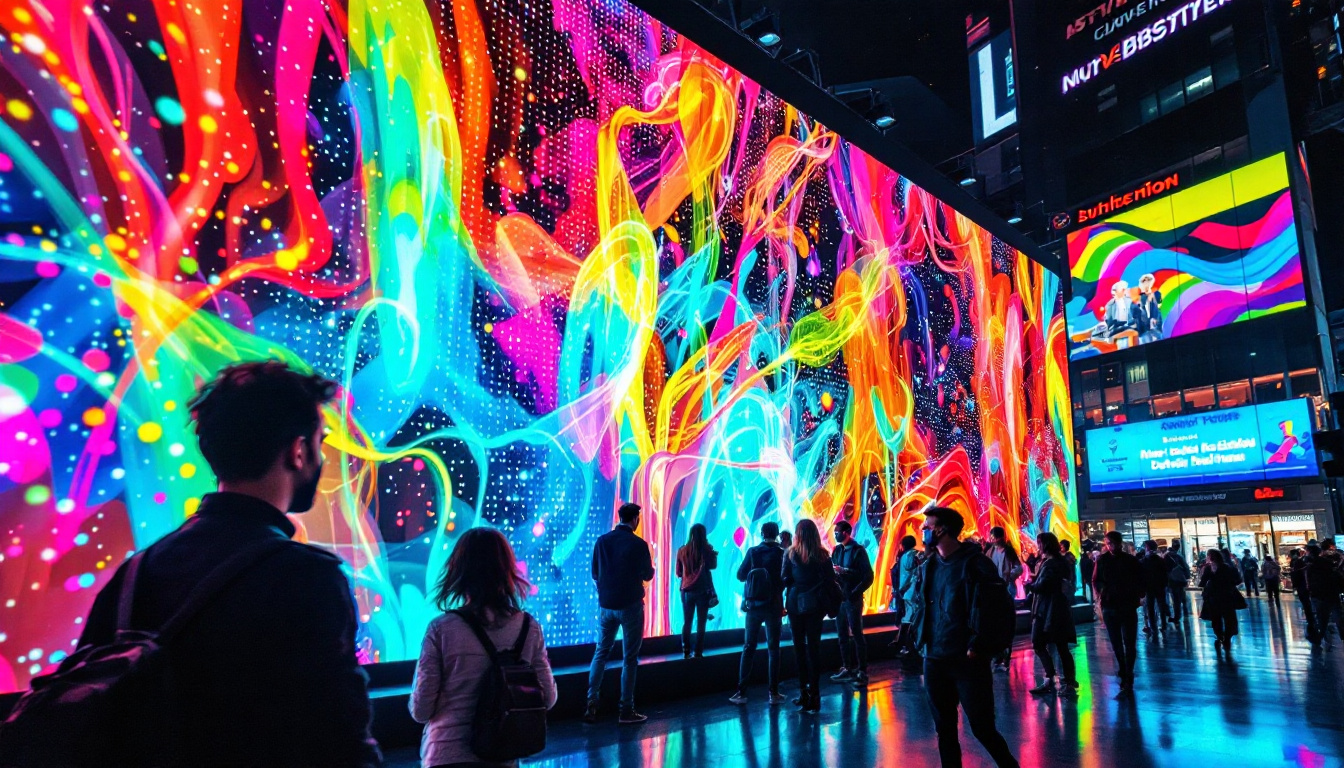In today’s digital age, LED displays have become a staple in various industries, from advertising to entertainment. Understanding the different sizes and specifications of light boards is crucial for businesses and organizations looking to invest in this technology. This article delves into the various sizes of LED displays, the factors influencing their selection, and the applications they serve.
Understanding LED Displays
LED displays, or light-emitting diode displays, are composed of numerous small diodes that emit light when an electric current passes through them. These displays are known for their brightness, energy efficiency, and versatility. They can be found in a wide array of settings, including billboards, sports arenas, and retail environments. The technology behind LED displays has evolved significantly over the years, leading to advancements that allow for more dynamic content and improved visual experiences. With the integration of smart technology, LED displays can now be programmed to change content in real-time, making them an ideal choice for businesses looking to engage customers with timely promotions or announcements.
Types of LED Displays
LED displays come in several types, each catering to specific needs. The most common types include:
- Indoor LED Displays: These are designed for use in controlled environments, such as shopping malls or conference rooms. They typically offer higher resolution and are optimized for close viewing. Indoor displays often feature advanced color calibration technology, ensuring that the images are vibrant and true to life, which is particularly important for presentations and advertising.
- Outdoor LED Displays: Built to withstand the elements, outdoor displays are brighter and more rugged than their indoor counterparts. They are often used for advertising on highways and in public spaces. These displays are engineered to resist harsh weather conditions, including rain, snow, and extreme temperatures, and often come with protective coatings to guard against UV damage.
- Transparent LED Displays: These innovative displays allow for visibility through the screen while still providing vibrant images. They are commonly used in retail environments to showcase products without obstructing views. This type of display opens up new possibilities for creative advertising, enabling brands to blend digital content seamlessly with physical products.
Key Features of LED Displays
When considering LED displays, several features should be taken into account:
- Resolution: This refers to the pixel density of the display, which affects the clarity of the images. Higher resolution displays are ideal for close viewing, while lower resolutions can suffice for larger, more distant displays. The advancements in pixel pitch technology have allowed for ultra-high-definition displays that can deliver stunning visuals, even in large formats.
- Brightness: Measured in nits, brightness is crucial for outdoor displays to ensure visibility in direct sunlight. Indoor displays typically require less brightness. The ability to adjust brightness levels automatically based on ambient light conditions is a feature that enhances the user experience and conserves energy.
- Viewing Angle: The angle at which the display can be viewed without loss of image quality is essential, especially for larger installations. Displays with wide viewing angles ensure that the content remains clear and engaging from various perspectives, making them suitable for crowded environments.
Another important aspect of LED displays is their energy efficiency. Compared to traditional display technologies, LED displays consume significantly less power, which not only reduces operational costs but also contributes to a smaller carbon footprint. This energy efficiency is particularly advantageous for large installations that run for extended periods, such as those found in sports arenas or concert venues. Additionally, many LED displays are designed with modular components, allowing for easy upgrades and repairs, which can extend the lifespan of the display and reduce waste.
Moreover, the integration of smart technology into LED displays has revolutionized how content is delivered and managed. With the ability to connect to the internet, these displays can be controlled remotely, enabling real-time updates and interactive features. This capability is especially beneficial for businesses looking to adapt their messaging quickly in response to changing market conditions or audience engagement metrics. As a result, LED displays are becoming an increasingly essential tool for modern marketing strategies, allowing brands to capture attention and convey their messages effectively.
Light Board Sizes: A Comprehensive Overview
Choosing the right size for an LED display is vital for achieving the desired impact. The size of a light board can significantly influence its effectiveness, visibility, and overall aesthetic appeal.
Common LED Display Sizes
LED displays come in various sizes, ranging from small screens suitable for personal use to massive boards designed for public display. Here are some common sizes:
- Small Displays (up to 32 inches): Ideal for personal or small business use, these displays are often used for digital signage in retail settings or as information boards.
- Medium Displays (32 to 70 inches): These sizes are popular for conference rooms, classrooms, and retail environments, providing a balance between visibility and space requirements.
- Large Displays (70 inches and above): Typically used for outdoor advertising or large events, these displays can be several feet wide and are designed to attract attention from a distance.
Custom Sizes and Configurations
Many manufacturers offer custom sizes to meet specific needs. This flexibility allows businesses to create displays tailored to their unique requirements, whether that means a long, narrow screen for a storefront or a massive video wall for a concert.
Custom configurations can also include the arrangement of multiple smaller panels to create a larger display. This modular approach enables easy upgrades and repairs, as individual panels can be replaced without needing to replace the entire display.
Factors Influencing LED Display Size Selection
When selecting an LED display, several factors come into play that can influence the decision regarding size.
Viewing Distance
The distance from which the display will be viewed is a critical factor in determining the appropriate size. For instance, a display intended for close viewing, such as in a retail setting, may require a higher resolution and smaller size, while an outdoor billboard viewed from a distance can be larger and lower resolution.
Location and Environment
The environment in which the display will be installed also affects the size choice. Outdoor displays often need to be larger to ensure visibility in various lighting conditions, while indoor displays can be smaller and more detailed. Additionally, the available space will dictate the maximum size of the display.
Content Type
The type of content that will be displayed can influence size selection as well. For example, detailed graphics or text-heavy information may require a larger display with higher resolution, while simple logos or animations can be effectively showcased on smaller screens.
Applications of LED Displays by Size
Different sizes of LED displays serve various applications across multiple industries. Understanding these applications can help businesses make informed decisions about their investment.
Small LED Displays
Small LED displays are often used in retail environments for product promotions or menu boards in restaurants. Their compact size makes them suitable for limited spaces while still providing vibrant visuals that capture customer attention.
Medium LED Displays
Medium-sized displays are commonly found in conference rooms, classrooms, and public information displays. They are ideal for presenting information clearly and effectively, whether for educational purposes or corporate presentations.
Large LED Displays
Large LED displays are typically used in outdoor advertising, sports arenas, and concert venues. Their size allows them to be seen from great distances, making them effective for capturing the attention of large crowds. These displays can showcase dynamic content, including videos and animations, enhancing the overall experience for viewers.
Installation Considerations for LED Displays
Proper installation is crucial for maximizing the effectiveness of LED displays. Several factors should be considered during the installation process.
Mounting Options
LED displays can be mounted in various ways, including wall mounting, ceiling hanging, or freestanding setups. The choice of mounting will depend on the display’s size, location, and intended use. For example, large outdoor displays may require robust structures to support their weight and withstand environmental conditions.
Power and Connectivity
Ensuring adequate power supply and connectivity is essential for the operation of LED displays. Depending on the size and type of display, additional electrical infrastructure may be necessary. It’s also important to consider data connectivity for content management systems, especially for displays that will be updated frequently.
Maintenance and Accessibility
Accessibility for maintenance is another critical consideration. Displays should be installed in a manner that allows for easy access to components for repairs or upgrades. Regular maintenance is essential to ensure optimal performance and longevity of the display.
Future Trends in LED Display Technology
The LED display industry is constantly evolving, with new technologies emerging that enhance performance and expand possibilities. Understanding these trends can help businesses stay ahead of the curve.
Advancements in Resolution
As technology advances, the resolution of LED displays continues to improve. Higher pixel densities are becoming standard, allowing for even clearer images and more detailed content. This trend is particularly important for applications that require close viewing, such as retail displays and conference rooms.
Integration with Smart Technology
Smart technology integration is another significant trend. Many LED displays now come equipped with features that allow for remote management, real-time content updates, and interactive capabilities. This integration enhances user engagement and streamlines content management processes.
Sustainability and Energy Efficiency
As environmental concerns grow, the LED display industry is also focusing on sustainability. Newer models are designed to be more energy-efficient, reducing their carbon footprint. Additionally, manufacturers are exploring recyclable materials and sustainable production processes to minimize environmental impact.
Conclusion
Understanding light board sizes and the various factors influencing LED display selection is crucial for businesses and organizations looking to invest in this technology. With a range of sizes available, from small displays for retail to large outdoor billboards, there is an option for every need. By considering viewing distance, location, content type, and installation requirements, businesses can make informed decisions that enhance their visibility and engagement with audiences.
As technology continues to evolve, staying informed about the latest trends in LED displays will ensure that organizations can leverage this powerful tool effectively. Whether for advertising, information dissemination, or entertainment, LED displays offer a dynamic way to connect with audiences in today’s fast-paced digital landscape.
Explore Cutting-Edge LED Display Solutions with LumenMatrix
Ready to elevate your visual communication and captivate your audience with unparalleled clarity? Discover LumenMatrix’s innovative range of LED display solutions tailored to your specific needs. From vibrant Indoor LED Wall Displays to robust Outdoor LED Wall Displays, and from dynamic LED Sports Displays to sleek LED Poster Displays, LumenMatrix has the technology to revolutionize your brand’s presence. Embrace the future of digital signage with our Custom LED Displays, All-in-One LED Displays, and LED Transparent Displays. Don’t miss the opportunity to transform your space and message. Check out LumenMatrix LED Display Solutions today and step into a world of vivid visual storytelling.


